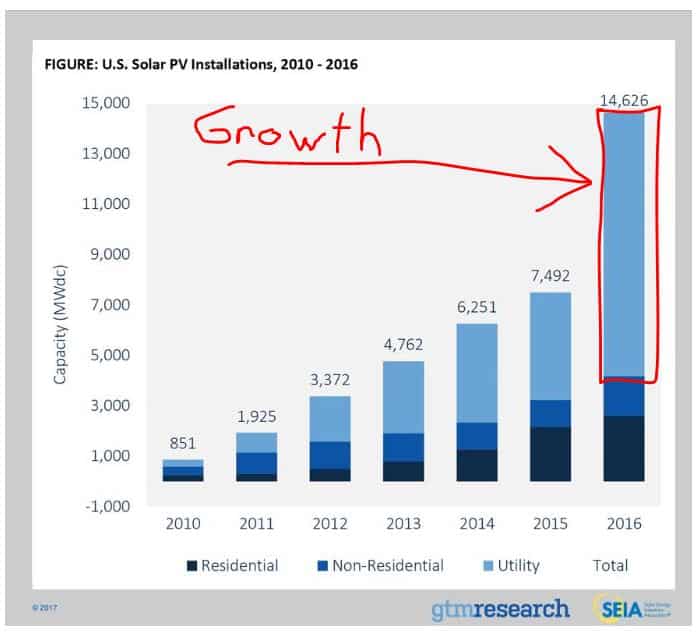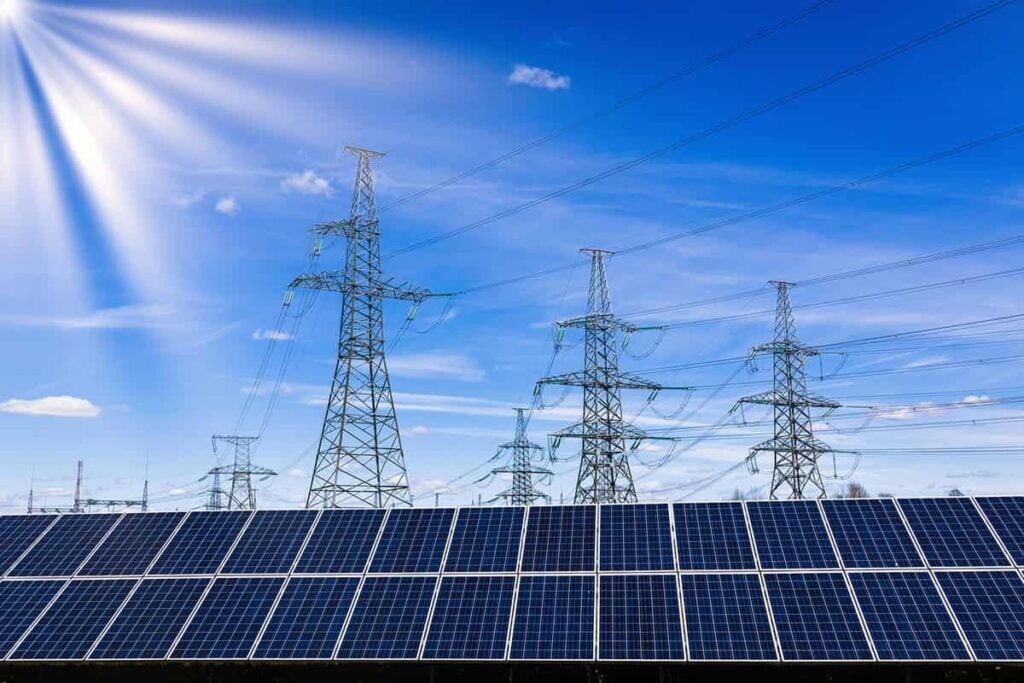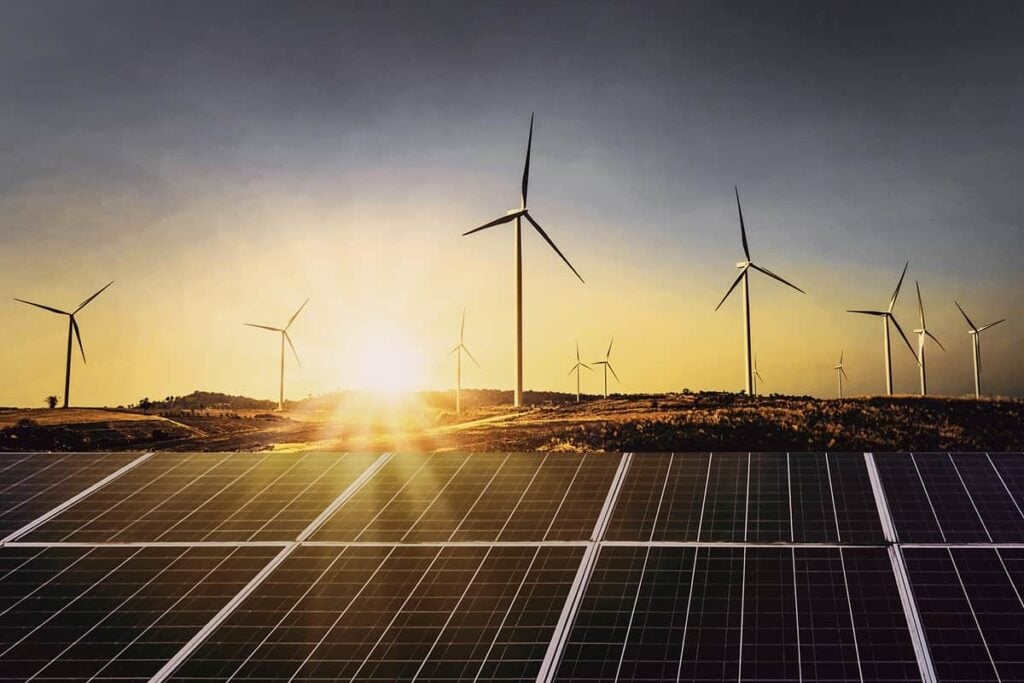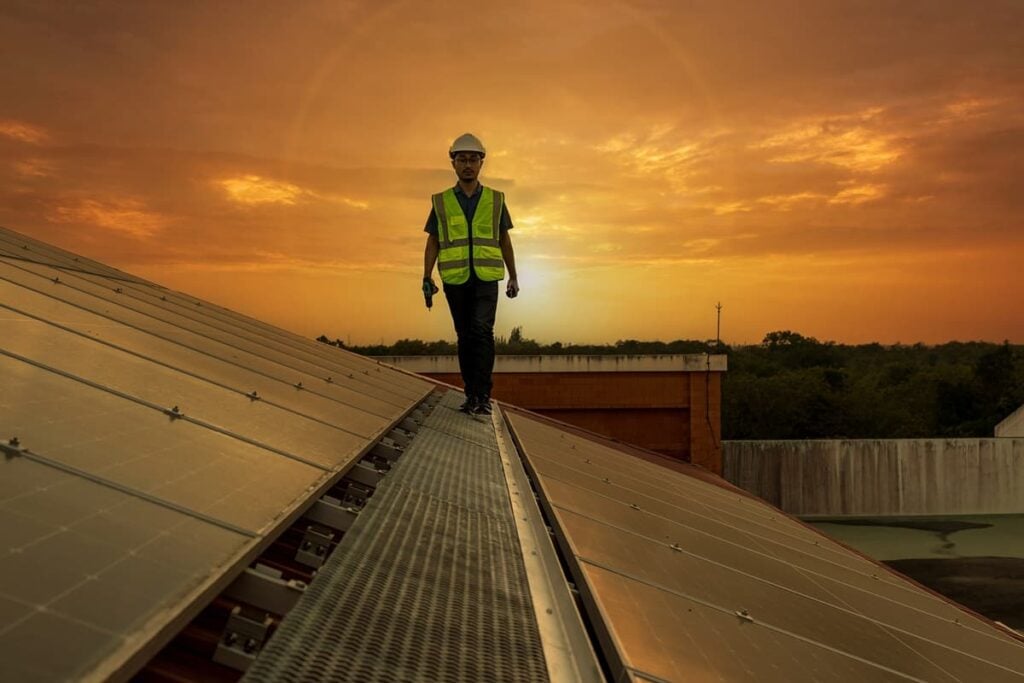The World’s Largest Generator of Solar and Wind Power
Table of contents

We’re always blown away by what suddenly makes people want to start investing. Just look at how many people ask us every day how they can “buy marijuana stocks”. It usually starts with some 60-minute segment on an exciting emerging technology after which people start doing Google searches to see how they can buy stocks in said technology. This is kind of how we’re feeling about solar right now given the unprecedented growth of solar in the United States in 2016. The difference in our case is that we have been invested in solar for the past 5 years and our returns have just plain sucked. Here is the 5-year chart for the Guggenheim Solar ETF (NYSEARCA:TAN) which lost -34% over that time frame:
How can this be possible with the incredible growth of solar in the United States? If only investing in solar companies was as straightforward as an investment in… the sun. The sun has an impressive track record of consistency, with a clear vision and satisfyingly predictable patterns of production. Obviously, and unfortunately, the growth of solar energy depends on a lot more than just the steady, stable sun. The reason why this ETF has under-performed is a topic for a future article, but what we’re going to talk about today is a utility stock that happens to be “the world’s largest generator of solar and wind power” – NextEra Energy (NYSE:NEE). In the U.S., NEE controls 16% of wind power and 11% of solar power. Here’s what the 5-year chart looks like for NEE:
This is remarkable performance considering that NEE is a utility stock. Utilities have always been thought of as a defensive sector that is meant to under-perform the market because of steady, stable returns and high dividends. So this “utility stock” which is supposed to provide a haven of safety has:
- A 5-year return of +119% compared to the S&P500 return of +74% over the same time frame
- A 10-year return of +126% compared to the S&P500 return of +72% over the same time frame
- A yield of 3%
- A dividend that has not only been paid but also increased for 22 years straight
(Full Disclosure: We’ve owned NEE shares for a few years now as part of a DGI portfolio). When looking at this high performing utility stock, the only question we have is this. How much of this stellar performance can we attribute to solar/wind (finance professionals often refer to this as “performance attribution”). More importantly, how much exposure will we get to solar and wind by investing in NEE going forward?
About NextEra Energy
Founded in 1925, Florida-based NextEra Energy appeared in the number one slot on Fortune’s list of ‘Most Admired Companies’ (electric and gas utility industry) for the 10th time in 11 years. The company shows consistent innovation, social responsibility, and wise use of assets year after year. NextEra has released their numbers from 2016, and announced some big solar plans for 2017. Let’s take a look at where they have been, where they’re going, and what might stand in their way.
NextEra built a total of 1,100 megawatts (MW) of solar capacity over the past year. This includes two major solar projects in Blythe and McCoy California with a total of 485 MW, a 250 MW-AC project in Nevada, and the two largest solar projects New Mexico and Alabama have seen so far. The kicker? Every one of these projects was commissioned during NextEra’s fourth quarter, which earns it record-breaking status for utility-scale solar installations in the United States. Just to remind you about how much utility solar grew in 2016, here’s an artisanal, hand-annotated chart one of our staff vegans drew while working on his solar powered laptop:
NextEra Energy operates out of two main subsidiaries–its namesake, NextEra Energy Resources (NEER), and one of Florida’s biggest utility companies, Florida Power & Light (FPL). FPL tripled its solar capacity over the course of 2016, installing more than a million solar panels split across a number of projects in the state of Florida. NEER added 2,500 MW of new wind and solar projects, a record-breaking year for the company, and perhaps even a record-breaking annual performance for any company in the US.
Solar and Wind Exposure
First, the total output of electricity generation for NEE was 45,900 MW. What percentage of that is solar and what percentage of that is wind? The breakdown was provided in the last 10-K and split between the two subsidiaries:
We did the math for you, and based on the numbers presented in the latest yearly report, 13,473 MW are attributed to wind (29.35% of total) and just 2,174 MW are attributed to solar (4.73% of total). While solar output is much lower than we were expecting based on all that growth we just talked about, its still pretty impressive when a utility company can claim that more than one third of their output is from renewable energy.
Solar and Wind Plans Growth for 2017
NextEra is already in the construction phase of additional projects in California, New Mexico, Minnesota, Alabama and Georgia, which add up to an additional 1,100 MW of owned solar… a number that already rivals the total solar capacity built in 2016. At the release of the company’s fourth quarter results last year, Vice President for Finance, John Ketchum, announced that NextEra expects to double the development resources committed to both wind and solar projects over the next few years.
Though solar investment remained pretty steady between 2015 and 2016, both posted numbers three times higher than 2014. If the scale of projects NextEra already has underway is any indication, the two-year investment stagnation is set to break in 2017.
As for wind investments, NEE “expects to add new contracted wind generation of approximately 2,400 to 4,100 MW and approximately 1,600 MW of additional repowering generation within the existing U.S. wind portfolio in 2017 to 2018“. We’d expect that the wide estimate given has something to do with the variability described in this next section.
Solar’s Uncertain Future
Despite NextEra’s air of optimism, the future of the company’s investment in solar hasn’t yet been written in stone. The sun will still be here for years to come… but the solar Investment Tax Credit (ITC) most certainly won’t. Here’s the latest corporate tax credit allowed by the U.S. Internal Revenue Service:
The solar ITC is one of the most important federal incentives that have driven the growth of solar in the United States. Though a multi-year extension of the ITC was passed in 2015, the incoming presidential administration has been pretty clear that they don’t share the previous administration’s fuzzy feelings toward renewable energy. NextEra CEO Jim Robo knows it, too. In an interview, Robo shared that NextEra does not expect the solar ITC, or other government-led incentives, to last for too much longer.
“As the PTC and ITC phase-down, we believe that the economic impact on customer pricing can be absorbed by continued technology and efficiency advancements,” said Robo during NextEra’s quarterly call. Unfortunately, language published in NextEra Energy’s latest annual report didn’t quite match Robo’s confidence.
In a section laying out regulatory, legislative, and legal risks, NextEra’s report clearly states that any decrease or change in government incentives, specifically those that support utility-scale renewables, could mean a big change in the energy market, and an equally big change in the company’s investments. In the words of the report, a lack of a “satisfactory market for the financing of new renewable energy projects” could result in the “NEER abandoning the development” of such projects, along with “a loss of NEER’s investments in renewable energy projects, and reduced project returns.”
Conclusion
NextEra has had an impressive run, and with 1,100 MW of solar capacity projects in the works, the company shows every sign that it will remain a leader of the utility-scale solar world. For investors though, be aware that the actual exposure to solar here is quite minimal while exposure to wind is meaningful. Like any company, NextEra Energy has an exposed Achilles heel–the stability of the solar market leans heavily on the continuation of government incentives. As of late, the government’s policy on renewable energy has been considerably less predictable than the persistence of NextEra in the solar market, and much less predictable than the steady, stable sun.
Sign up to our newsletter to get more of our great research delivered straight to your inbox!
Nanalyze Weekly includes useful insights written by our team of underpaid MBAs, research on new disruptive technology stocks flying under the radar, and summaries of our recent research. Always 100% free.





















NextEra was a great stock for years, but now doesn’t look attractive. There is no revenue growth.
As a dividend champion it might.